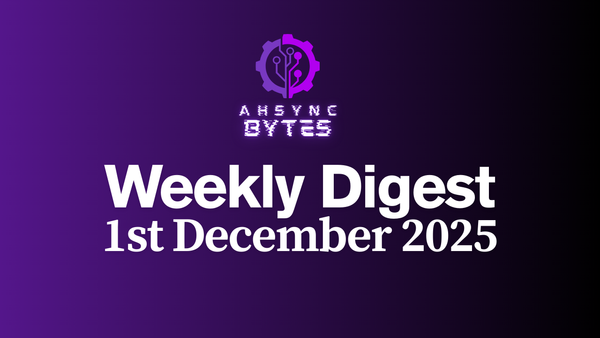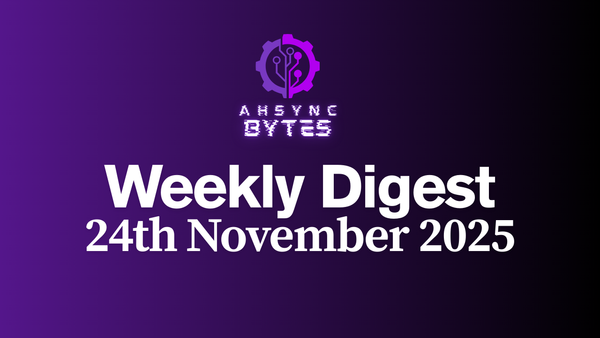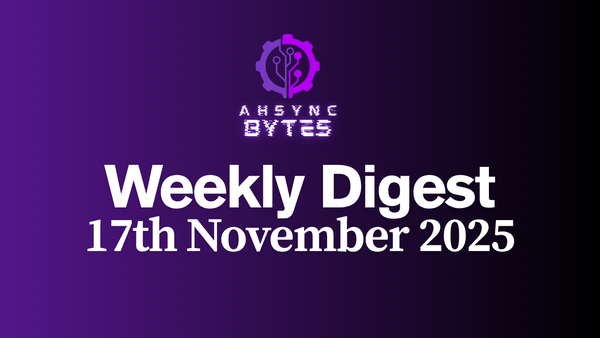AHSYNC BYTES - Weekly Digest (29th Sep, 2025)
This week we explore MIT’s magnetic transistor for efficient electronics, Google’s open data protocol, and Gemini Robotics for real-world agents. Angular grows smarter with Signal Forms and CLI AI, while frontend devs unlock new AI tools, streamlined workflows, and TypeScript best practices.
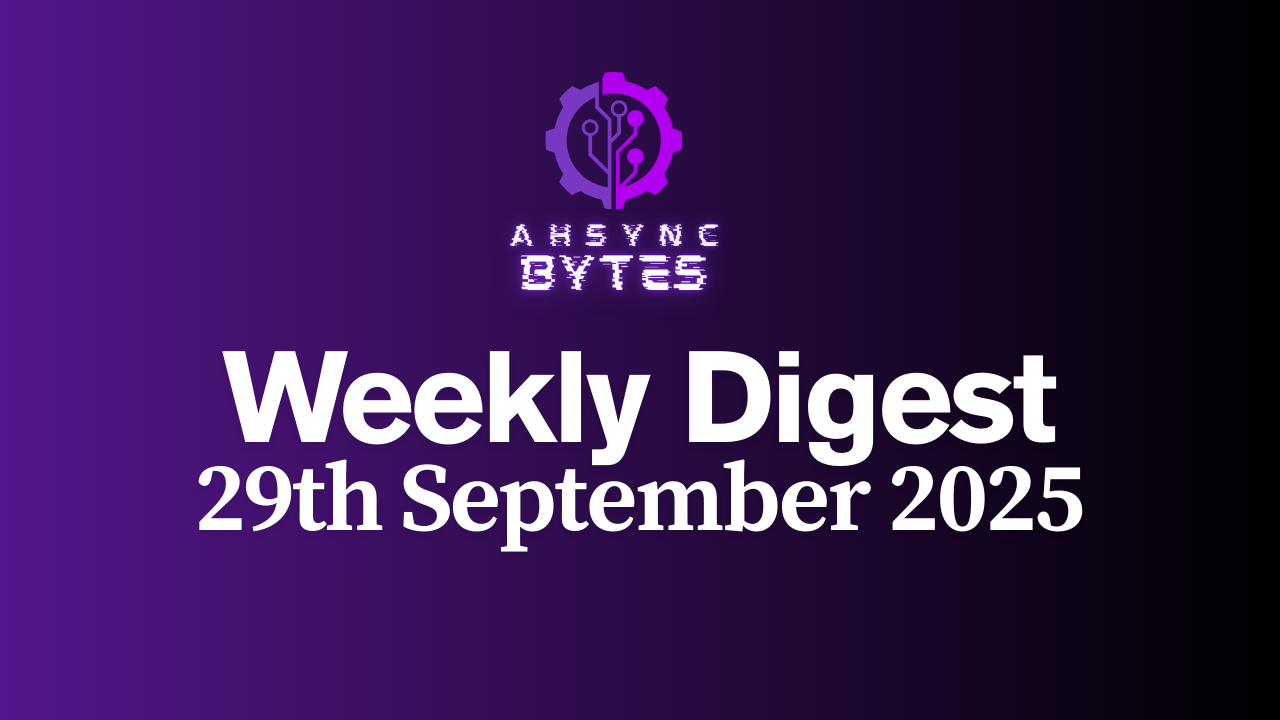
Discover what’s next in AI, Angular, and Web Development. Our weekly digest brings you the most relevant updates, expert strategies, and breakthrough innovations, so you stay informed and ahead of the curve.
🤖 AI & Machine Learning
MIT Engineers Developed a Magnetic Transistor for More Energy-Efficient Electronics
Transistors, the building blocks of modern electronics, are typically made of silicon. Because it’s a semiconductor, this material can control the flow of electricity in a circuit. But silicon has fundamental physical limits that restrict how compact and energy-efficient a transistor can be.
MIT researchers have now replaced silicon with a magnetic semiconductor, creating a magnetic transistor that could enable smaller, faster, and more energy-efficient circuits. The material’s magnetism strongly influences its electronic behavior, leading to more efficient control of the flow of electricity.

Introducing the Data Commons Model Context Protocol (MCP) Server: Streamlining Public Data Access for AI Developers
Google has announced the public release of the Data Commons Model Context Protocol (MCP) Server. This release marks a major milestone in making all of Data Commons’ vast and interconnected public datasets instantly accessible and actionable for AI developers, data scientists and organizations worldwide.
This capability further supports the larger ambition of Data Commons: using real-world statistical information as an anchor to help reduce Large Language Model (LLM) hallucinations.

Building the Next Generation of Physical Agents with Gemini Robotics-ER 1.5
Gemini Robotics-ER 1.5, available to all developers, is the first Gemini Robotics model to be made broadly available. It acts as a high-level reasoning model for a robot.
This model specializes in capabilities critical for robotics, including visual and spatial understanding, task planning, and progress estimation. It can also natively call tools, like Google Search to find information, and can call a vision-language-action model (VLA) or any other third-party user-defined functions to execute the task.
You can get started building with Gemini Robotics-ER 1.5 today in preview via Google AI Studio and the Gemini API.
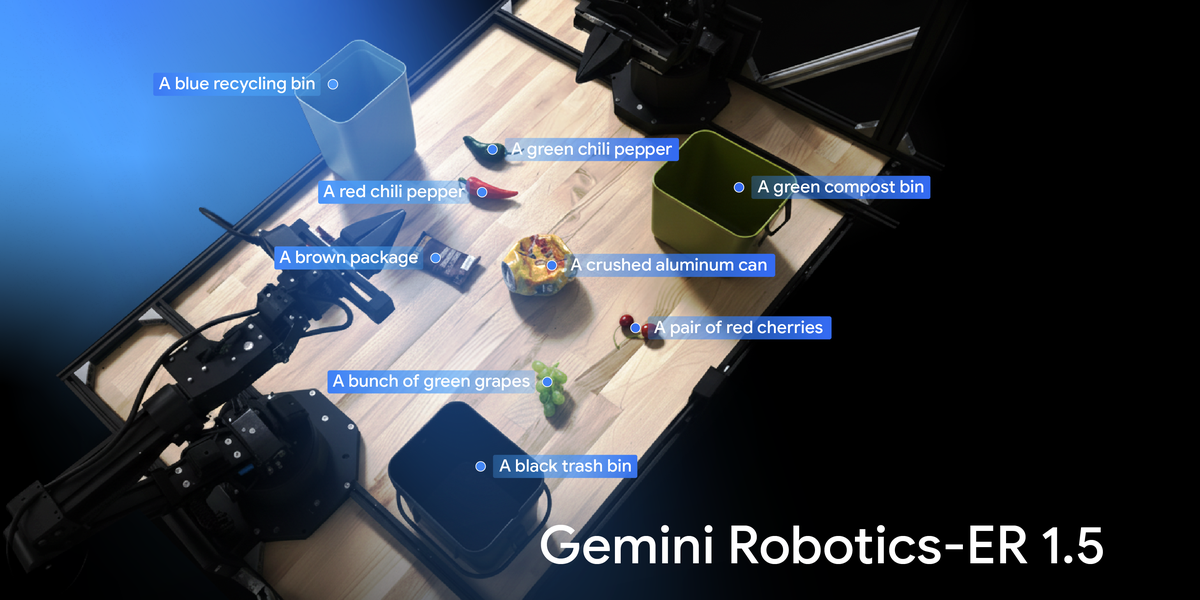
🚀 Angular
All About Angular’s New Signal Forms
The long-awaited Signal Forms bridge a crucial gap between Angular's new reactive side and user interaction. While currently experimental and intended to gather initial feedback, they offer a window into a possible future for the framework.
In this article, you can get the details of this new library. In addition to the basics, there are more advanced aspects such as the many types of custom validators , conditional validation, subforms, and custom controls.

Angular 20: SSR vs CSR vs Pre-rendering - A Deep Dive
Understanding rendering strategies in Angular is crucial for building high-performance, SEO-friendly web applications. In this in-depth guide, we) break down Server-Side Rendering (SSR), Client-Side Rendering (CSR), Pre-rendering (Static Site Generation - SSG like), and the role of Hydration in Angular v20.
Discover the differences, benefits, and practical implementation of each rendering mode. Learn how to set up an Angular v20 project with SSR, explore the key configuration files, and see live demonstrations of how renderMode (Server, Client, Prerender) impacts your application's behavior and output.
This video is perfect for developers looking to make informed decisions about their Angular app's architecture. Get ready to optimize your Angular applications for speed and discoverability!
Angular Just Got Smarter With AI!
Angular's new AI superpower, it's not just hype....
It's now a native feature baked right into the CLI. A groundbreaking update to the Angular CLI is changing how developers integrate AI into their workflow. When you create a new application using ng new, the command-line tool now prompts you to select and configure AI tools directly from the start.
This means you can instantly set up your project with predefined best practices for AI assistants like:
- Claude
- Gemini
- GitHub Copilot
- Windsurf
Upcoming Events
- NG Poland 2025: November 18 2025, 10th Edition
- ng-conf 2025: October 17-18, Baltimore, USA - Moving closer to Europe with JSConf North America preceding it
- Angular Day: will be held in 2026, Get notified yourself!
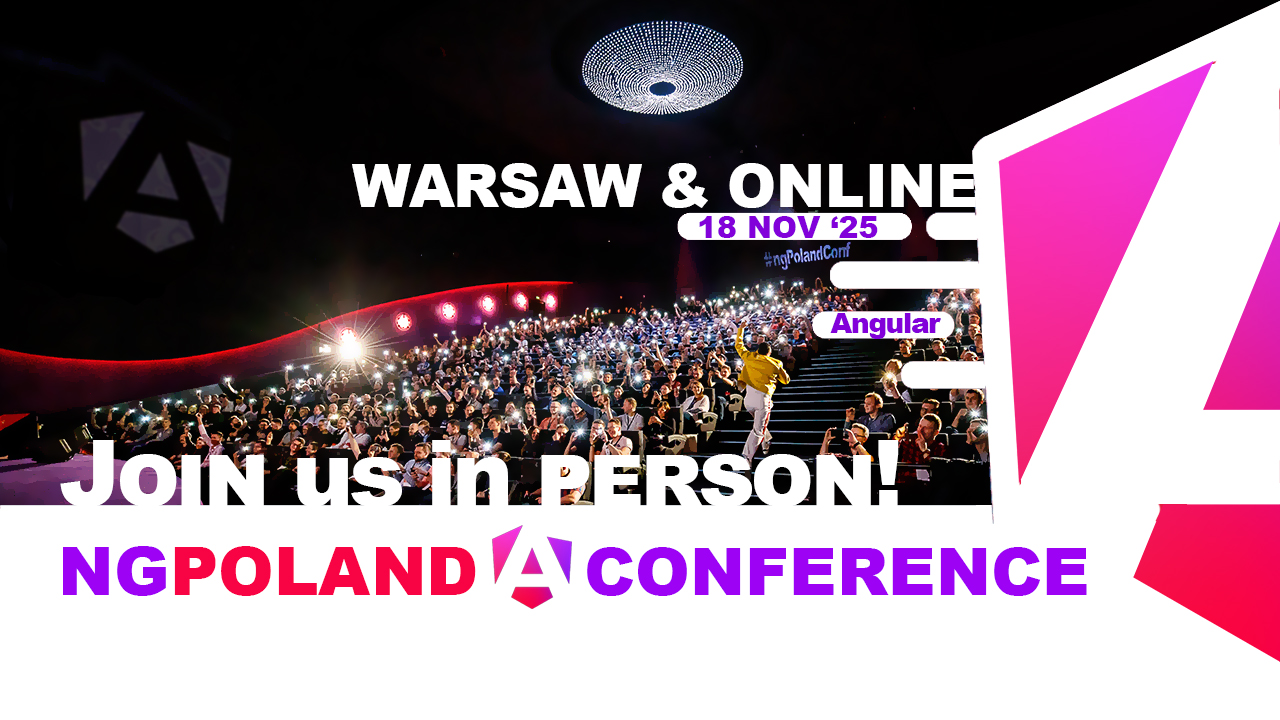


🌐 Web & Frontend
Top 5 AI tools for frontend development
AI has changed how organisations and developers approach frontend projects. From generating code, to transforming designs into functional interfaces in minutes, AI is now an important component in the modern frontend workflow.
Atlassian claims 68% of developers save at least 10 hours each week with AI. That saved time translates into better productivity, and more time to work on improving the user experience rather than repetitive coding tasks.
With so many great AI tools available, we’ve narrowed it down to five options that stand out specifically for front end development in 2025.

Dev Tools: The Ultimate All-in-One Toolkit for Developers
As developers, we often find ourselves jumping between multiple websites to encode a string, format a JSON, test a regex, or generate a UUID. I wanted a better way—a single platform where I could access all these tools without sacrificing speed, privacy, or user experience. That’s how Dev Tools was born.
Dev Tools is a privacy-first, all-in-one developer toolkit that brings together 21 essential utilities in a single web app. Everything works 100% client-side, so no data ever leaves your browser. Whether you’re a developer, student, or DevOps engineer, the toolkit aims to simplify your workflow and save time.
What’s the difference between Type and Interface in TypeScript?
Ever stared at a TypeScript file and thought: “Wait… why did I just use type here instead of interface?” Yeah. Me too. And honestly? It’s not always obvious. Feels like choosing between ketchup and mustard on a hot dog — both kinda work, but someone out there will judge you hard.
Let’s cut through the noise. No fluff. Just real talk, weird analogies, and a few hot takes. We’re diving into the Type vs Interface tango in TypeScript. Not the textbook way. The way — like explaining quantum physics using pizza toppings. Explore the article to read more about it.
Upcoming Events
- Momentum Developer Conference: October 16, 2025 - Virtual Evet. Register here.
- TechCrunch Disrupt 2025: October 27 – 29, 2025 - Premier startup showcase and competitio
- AWS re:Invent 2025: December 1 – 5, 2025 - Global cloud computing conference
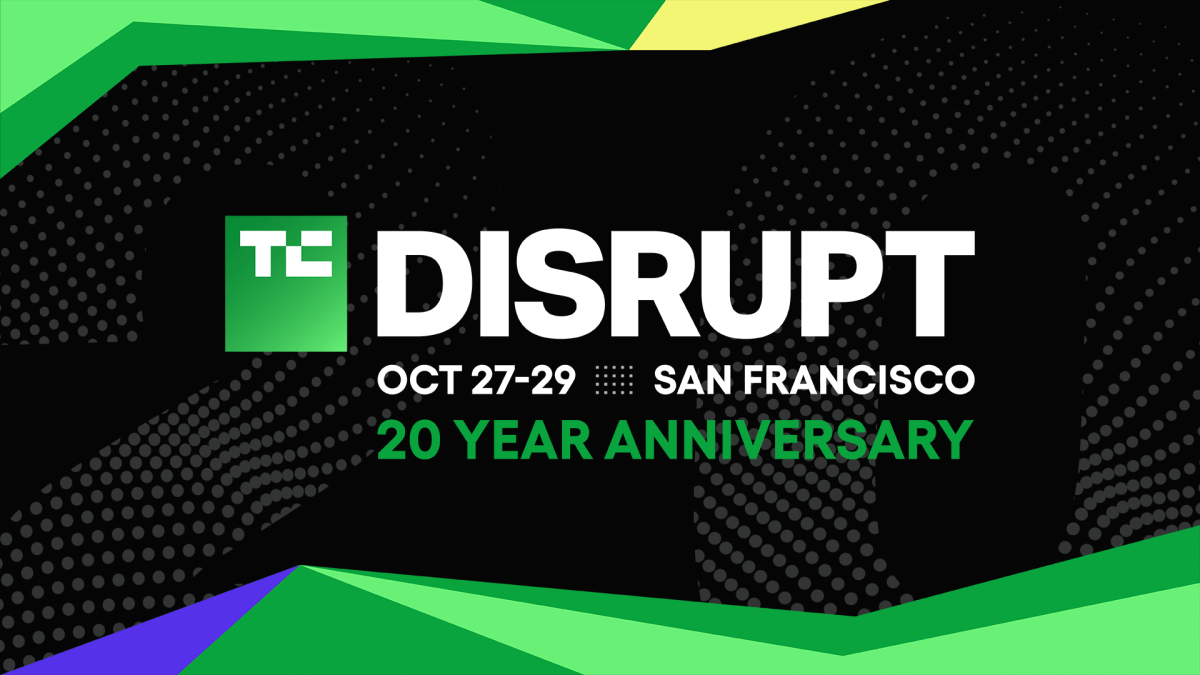

💡 Bottom Line Up Front
This week’s digest highlights transformative breakthroughs in AI, Angular, and Web Development. From MIT’s magnetic transistor pushing the limits of energy-efficient computing, to Google’s Data Commons MCP making data accessible for AI developers, and Gemini Robotics-ER 1.5 advancing physical agents — AI innovation continues at full speed.
On the Angular side, developers can now explore experimental Signal Forms, weigh SSR vs CSR vs Pre-rendering in Angular 20, and even integrate AI directly into the CLI. Meanwhile, web developers benefit from a curated list of AI tools, the all-in-one Dev Tools platform, and a clear breakdown of Type vs Interface in TypeScript.
I hope you find these helpful. If you do, please share our blog with others so they can join our amazing community on Discord (link below)
Don't miss out – join our awesome community to grow as a tech enthusiast, and to help others grow.
As always, Happy coding ❤️














